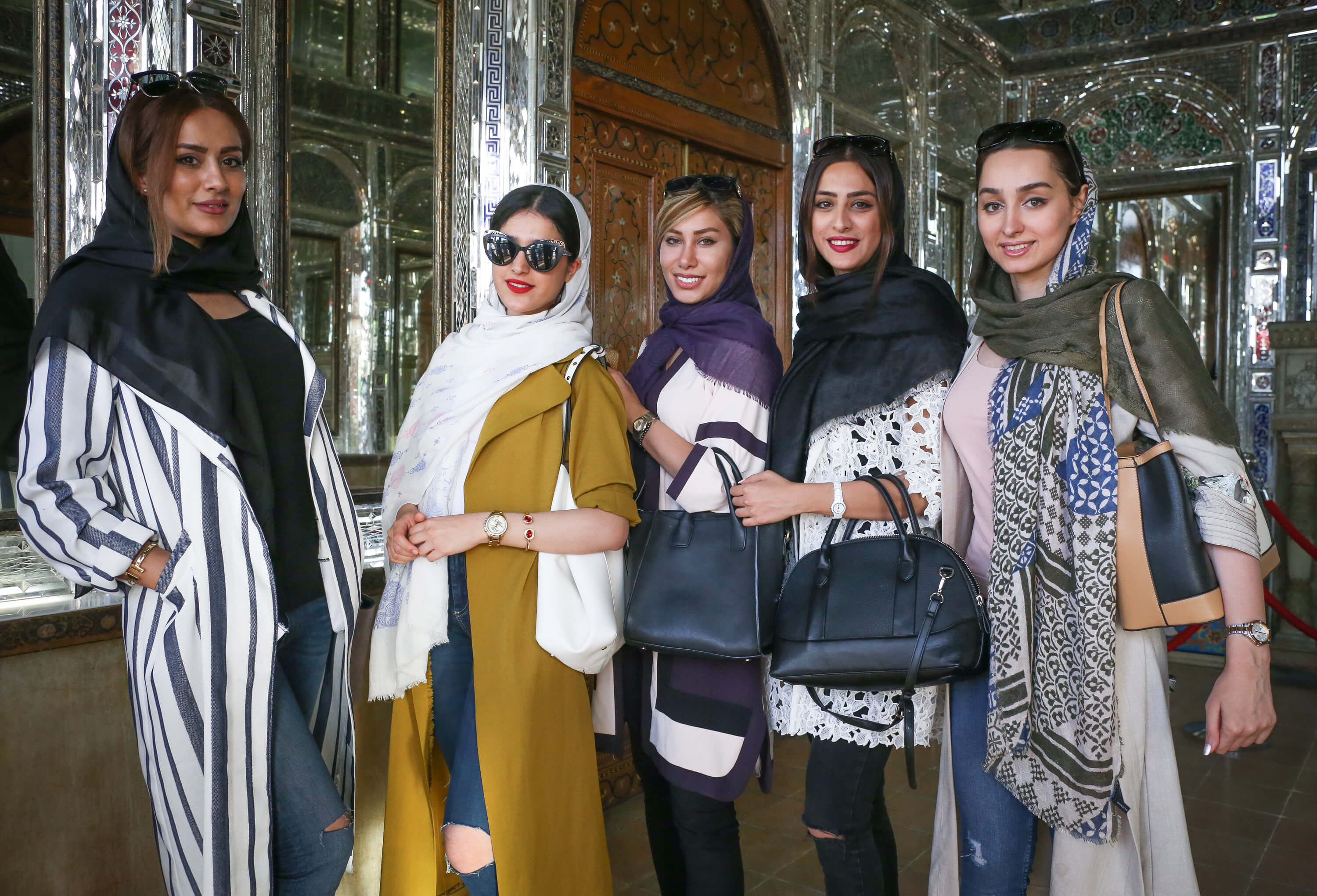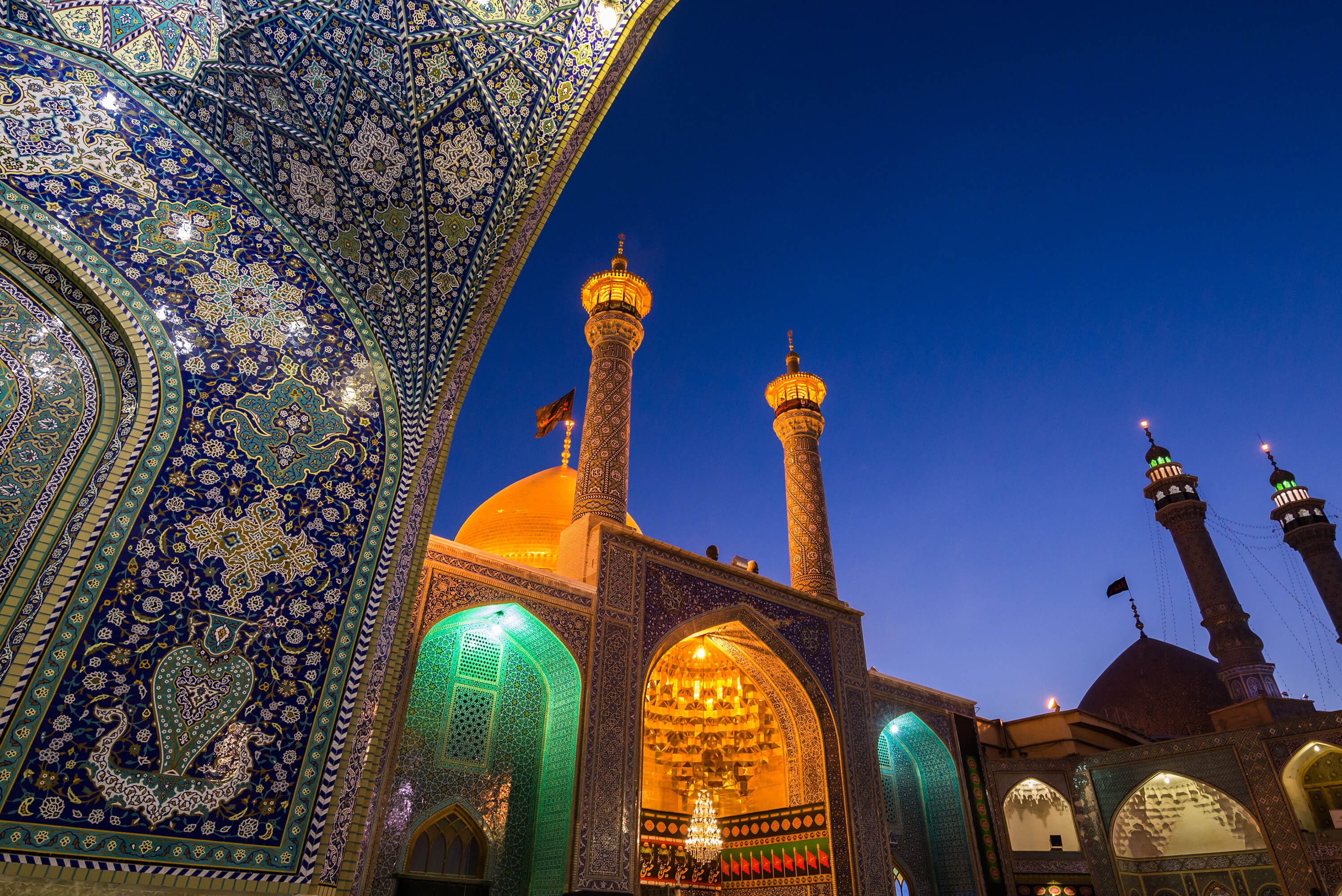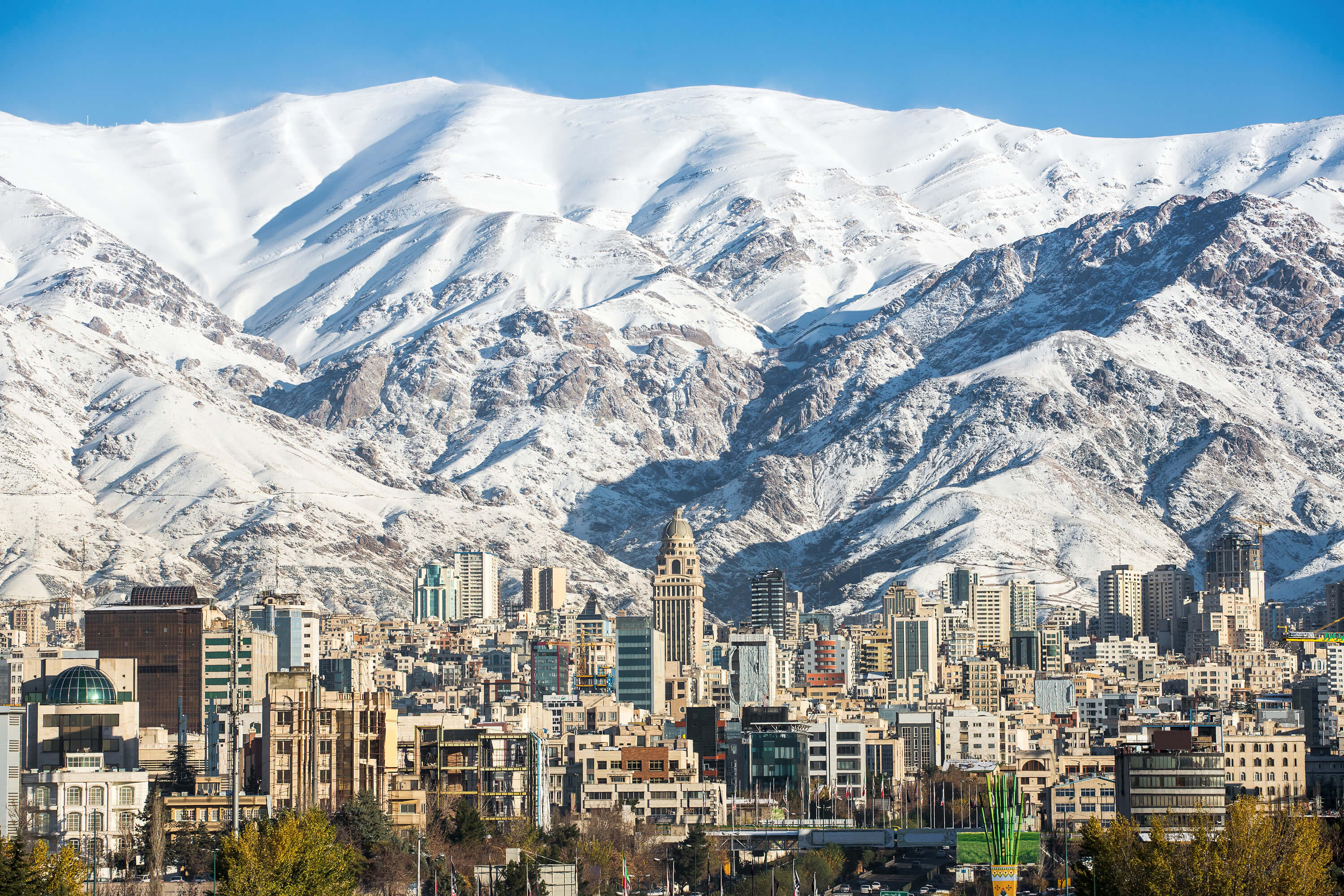
Iran’s population is ethnically diverse, comprising primarily of Persians, along with Azeris, Kurds, and others. Persian, or Farsi, is the official language, and Islam, particularly the Shia branch, is the dominant religion. The country’s economy is largely driven by its oil and gas reserves, making it a significant player in global energy markets. With its complex political landscape and rich cultural traditions, Iran plays a critical role in the geopolitics of the Middle East.
Iran History:
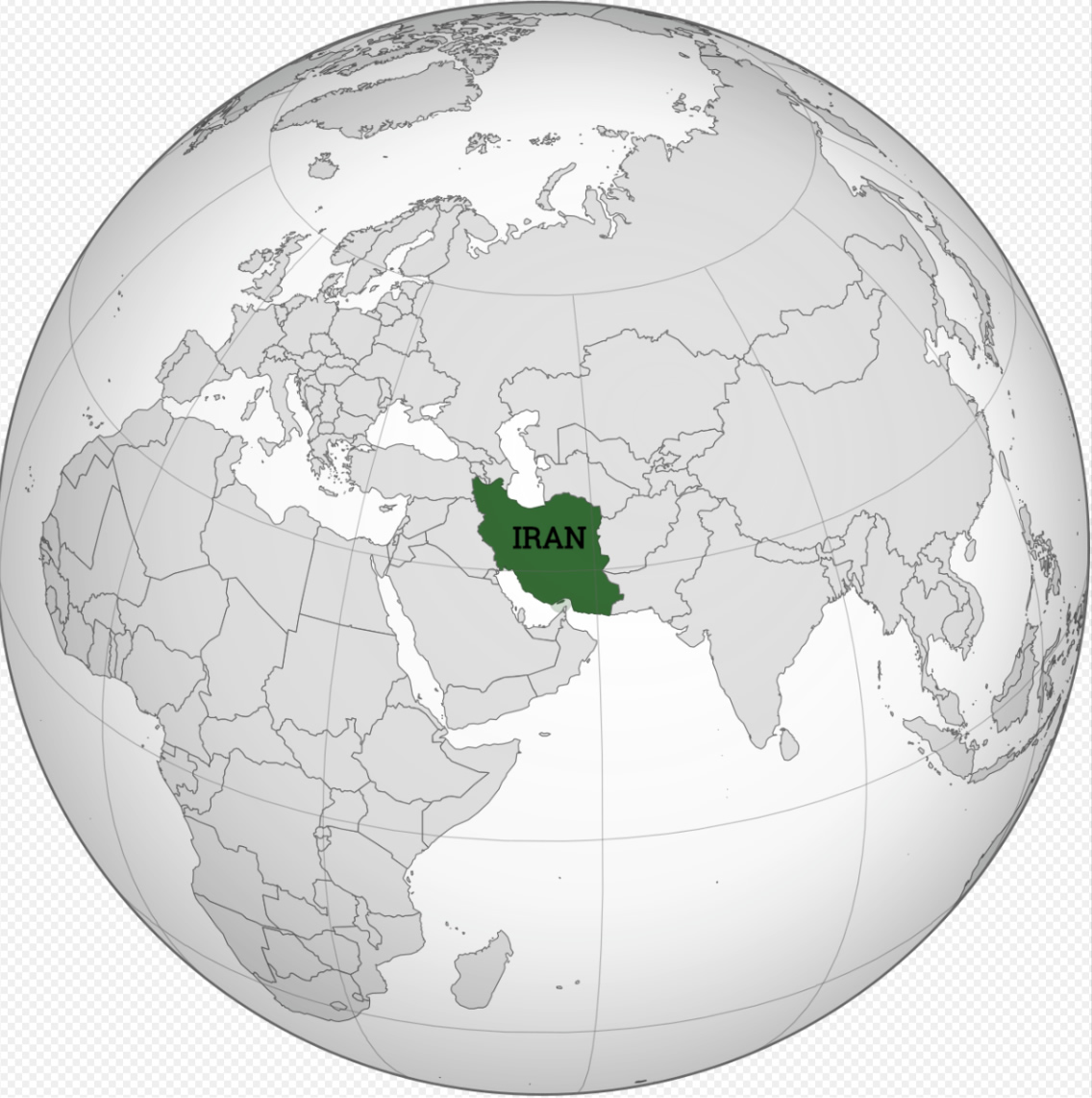
Iran’s history stretches back thousands of years, making it one of the oldest continuous civilizations in the world. Ancient Persia, as it was known, rose to prominence under the Achaemenid Empire (c. 550–330 BCE), which at its height was the largest empire in the world, spanning from the Indus Valley to the Balkans. Cyrus the Great, who founded the empire, is credited with the creation of the first human rights charter, and Persian culture flourished during this period, influencing the development of later civilizations.
Following the fall of the Achaemenids to Alexander the Great, Iran saw a series of dynasties, including the Parthians and Sassanids, before the Islamic conquest in the 7th century. The spread of Islam significantly shaped Iran’s culture and governance, leading to the rise of powerful Islamic dynasties like the Safavids in the 16th century. The Safavids established Twelver Shia Islam as the state religion, marking a key turning point in Iran’s religious identity.
In the modern era, Iran underwent significant changes during the 20th century, from the Constitutional Revolution in 1906 to the overthrow of the Pahlavi monarchy in the 1979 Islamic Revolution. This revolution brought about the establishment of the Islamic Republic under Ayatollah Khomeini, marking a shift in the country’s political and social landscape. Iran’s complex and rich history continues to influence its role on the global stage today.
Iran Geography:

Iran’s geography is a diverse blend of mountains, deserts, and coastlines, making it one of the most varied landscapes in the Middle East. The country is dominated by two major mountain ranges: the Zagros Mountains, which run from northwest to southeast, and the Alborz Mountains in the north, which contain Mount Damavand, the highest peak in Iran. These mountain ranges shape the country’s climate and create natural barriers, impacting both human settlement and historical development.
Iran also has vast desert regions, with the Dasht-e Kavir (Great Salt Desert) and the Dasht-e Lut (Lut Desert) covering much of the central plateau. These arid areas experience some of the hottest temperatures in the world, making them largely uninhabitable except for small oases. In contrast, Iran’s northern region along the Caspian Sea has lush, green forests and a humid climate, a stark contrast to the dry southern desert regions.
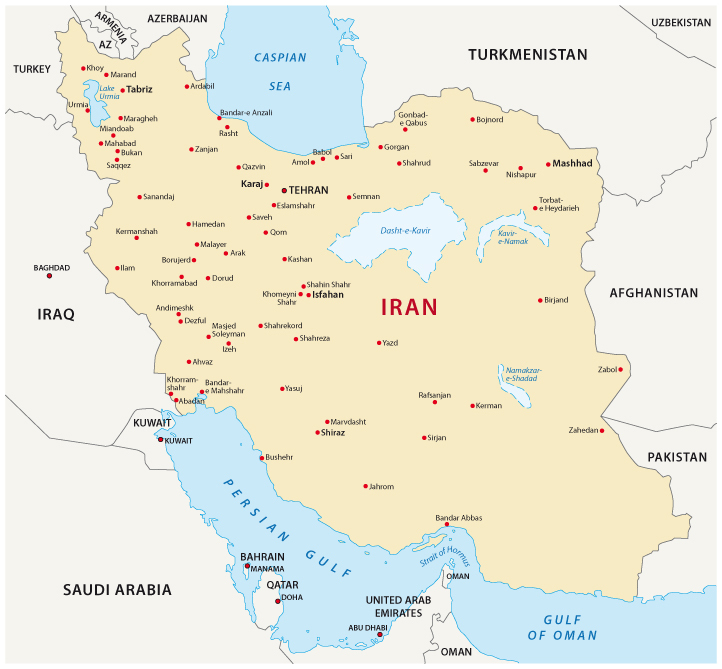
Iran Economy:
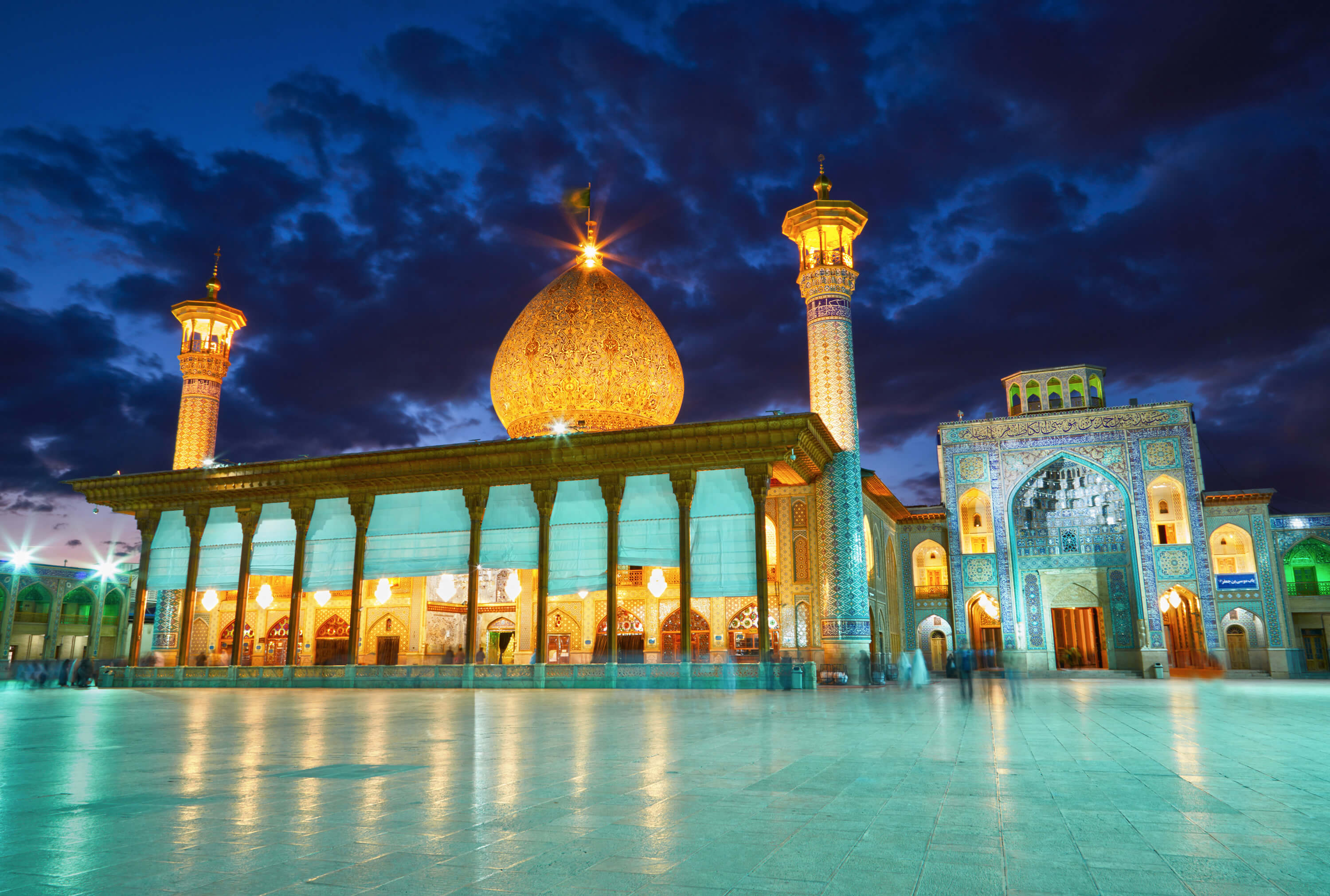
Iran’s economy is one of the largest in the Middle East, heavily reliant on its oil and gas reserves, which account for a significant portion of its revenues. The country is rich in natural resources, possessing the world’s fourth-largest oil reserves and the second-largest natural gas reserves. This wealth in energy exports plays a crucial role in its economic structure, though it’s also a point of vulnerability, as fluctuations in global oil prices and sanctions can greatly impact Iran’s financial stability.
Beyond oil, Iran has a diversified economy with sectors like agriculture, mining, and manufacturing contributing to its GDP. Agriculture remains essential, with crops like wheat, rice, fruits, and nuts being central to domestic consumption and exports. Iran’s industrial base is also broad, producing goods ranging from textiles and steel to automotive products.
However, the Iranian economy faces significant challenges. International sanctions, particularly due to its nuclear program, have limited its access to global markets, leading to inflation, unemployment, and currency devaluation. The government has taken steps to encourage domestic production and reduce reliance on oil, but it still grapples with structural issues that hinder sustainable growth.
Iran Demographics

Iran’s demographics are diverse, reflecting its long history of ethnic and cultural variety. The majority of the population consists of ethnic Persians, who make up about 61% of the total. However, Iran is also home to several minority groups, including Azeris, Kurds, Arabs, and Baloch, among others. This rich ethnic diversity has played a significant role in shaping the nation’s cultural fabric.
In terms of religion, the overwhelming majority of Iranians practice Twelver Shia Islam, which is also the official state religion. However, smaller communities of Sunni Muslims, Christians, Jews, and Zoroastrians also exist, contributing to the country’s religious landscape. The official language is Persian (Farsi), although many of the ethnic minorities speak their own languages or dialects, such as Kurdish or Azeri.
Iran’s population is relatively young, with a significant portion under the age of 30, a result of the country’s population boom in the late 20th century. Today, Iran faces demographic challenges, including a declining birth rate and urbanization, as more people move to cities like Tehran, Mashhad, and Isfahan, reshaping the social and economic dynamics of the country.
Iran Culture
 The shrine is a significant religious and historical site, particularly for Shia Muslims, and is dedicated to Fatima Masumeh, the sister of the eighth Imam, Ali al-Ridha.
The shrine is a significant religious and historical site, particularly for Shia Muslims, and is dedicated to Fatima Masumeh, the sister of the eighth Imam, Ali al-Ridha.
Iran’s culture is deeply rooted in its ancient history, blending elements from Persian, Islamic, and regional traditions. Poetry and literature play a prominent role, with celebrated poets like Hafez, Rumi, and Ferdowsi influencing Persian art and thought for centuries. Persian art is also renowned for its intricate miniature paintings, tile work, and carpets, which are known for their craftsmanship and detailed patterns.
Music is another cornerstone of Iranian culture, with traditional Persian music featuring classical instruments like the tar, setar, and daf. Festivals, such as Nowruz (Persian New Year), showcase the country’s rich cultural heritage, bringing together rituals, food, and performances that have been celebrated for thousands of years.
Iranian society also places a high value on hospitality and family ties. Family gatherings are central to life, and Iranians are known for their warm and generous treatment of guests. While modernity has brought changes, many cultural practices rooted in traditional values continue to play a significant role in daily life.
Jameh Mosque of Yazd
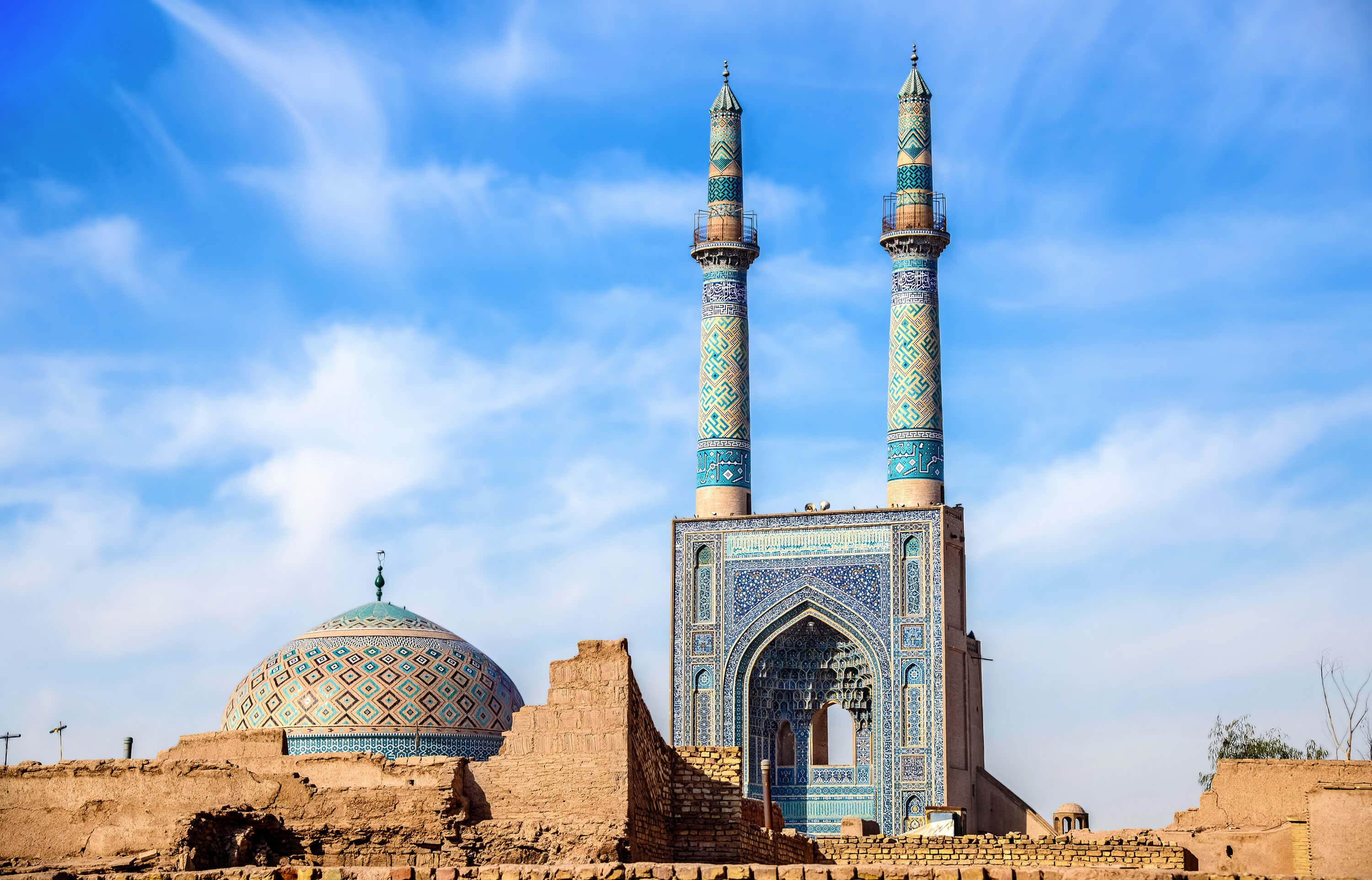
the Jameh Mosque of Yazd, one of the most iconic mosques in Iran. Located in the city of Yazd, this mosque is renowned for its beautiful, intricate tile work and towering minarets that dominate the skyline. The mosque reflects the rich architectural heritage of Iran, showcasing traditional Islamic design with stunning geometric patterns and calligraphy. Built during the 12th century and expanded in the 14th century, the mosque remains an important religious and cultural site, symbolizing the deep historical roots of Islamic architecture in Iran.
Jameh Mosque of Yazd
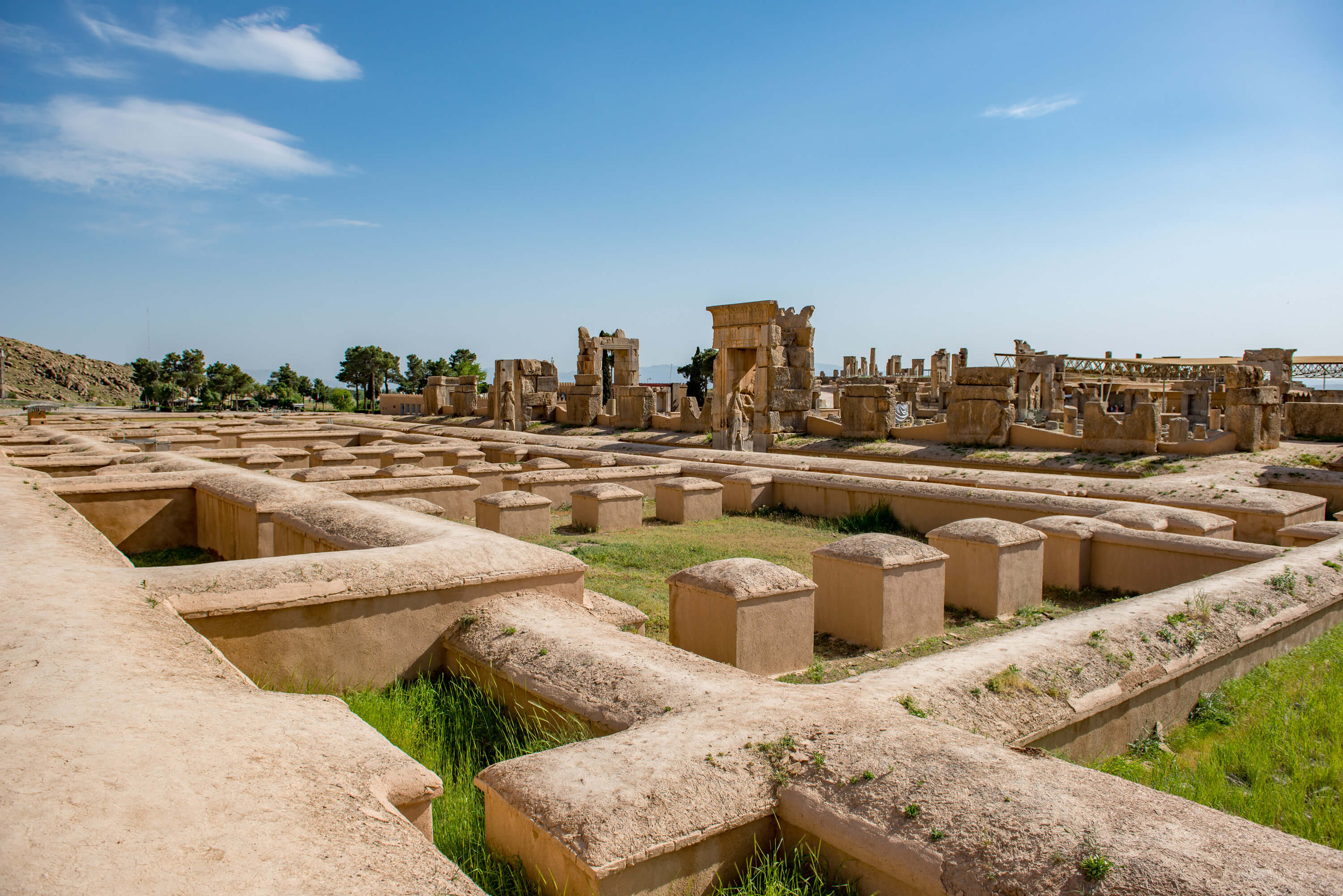
The ruins of Persepolis, one of the most iconic archaeological sites in Iran. Persepolis was the ceremonial capital of the Achaemenid Empire, dating back to around 518 BCE.
Where is Iran on the Asia Map?
Show Google map, satellite map, where is the country located.
Get directions by driving, walking, bicycling, public transportation and travel with street view.
Feel free to explore these pages as well:
- Iran Map ↗️
- Syria Map ↗️
- Israel Map ↗️
- Map of Israel ↗️
- Saudi Arabia Map ↗️
- Where is Located Qatar in the World? ↗️
- United States Map ↗️
- United Kingdom Map ↗️
- Türkiye Map ↗️
- Tel Aviv’s 10 Best Attractions ↗️
- Europe Map ↗️
- Asia Map ↗️

